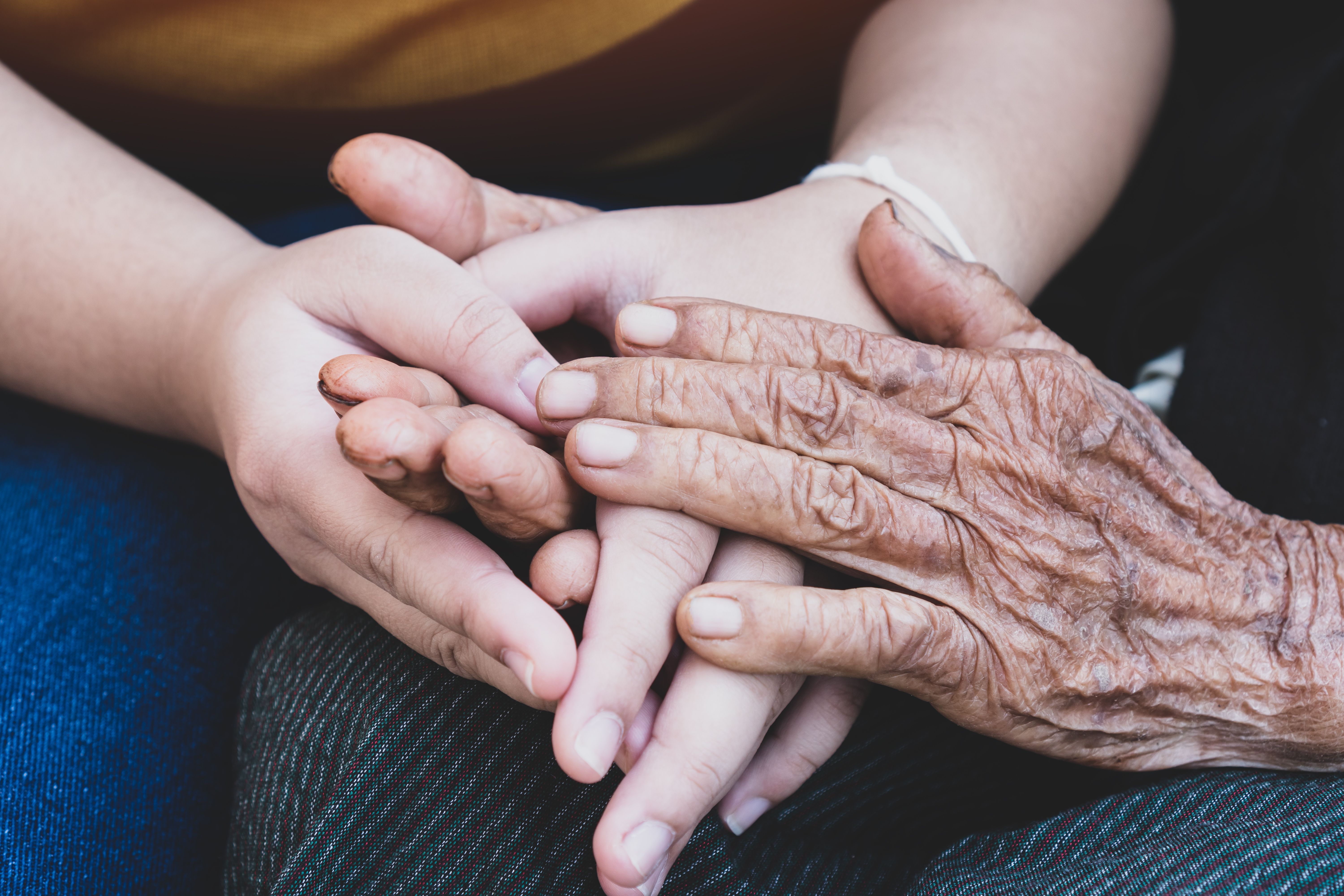News
Article
Breast Density Disclosure Now Mandated for Mammograms
Author(s):
Mammography facilities are now nationally required to inform patients about their breast density, which can affect cancer detection.
Mammography facilities are now nationally required to inform patients about their breast density, which can affect cancer detection. | Image Credit: Gorodenkoff - stock.adobe.com

Mammography facilities are now required to provide all patients who receive a mammogram with 1 of 2 federal breast density notification statements—“not dense” or “dense”—effective today, September 10, 2024.1
The decision was published as an update for mammography regulations in March 2023 for both patients and physicians to interpret, assess, and categorize breasts from mammograms.2 Prior to the update, 39 states and the District of Columbia complied with dense breast reporting.1
Regulations have been amended under the Mammography Quality Standards Act (MQSA) of 1992 to ensure patients receive quality mammography for early breast cancer detection and prevention.The MQSA revised the regulations to include language on breast density and its influence on the accuracy of a mammogram.
Mammograms are considered the only form of imaging modality proven to reduce breast cancer mortality in both randomized controlled trials and observational studies.3 However, the effectiveness of mammograms relies heavily on breast density. More than half of US women over 40 years are classified as having dense breast tissue, typically making cancers more difficult to detect on a mammogram.2
Breast density refers to the amount of fibroglandular tissue that relates to fat and is identified either visually or quantitatively on mammography.3 Based on the Breast Imaging-Reporting Data System (BI-RADS) 5th edition of breast density classification there are 4 categories labeled category A (fatty), B (scattered), C (heterogeneously dense), and D (extremely dense).
Furthermore, dense breasts are considered a common risk factor for breast cancer development. Around 36% of women over 40 years have heterogeneously dense breasts while 7% of the population has extremely dense breasts.
“The impact of the Mammography Quality Standards Act on public health has been significant, including a steep decrease in the number of facilities that do not meet quality standards. This means that more women have access to consistent, quality mammography,” commented Hilary Marston, MD, MPH, chief medical officer for the FDA.2
It is significant for patients to learn about breast density because they often result in an increase in false-positive findings and a reduction in cancer detection.3 Some experts have voiced a need for more accurate screening strategies that are not negatively impacted by breast density. However, ultrasounds, digital breast tomosynthesis, molecular breast imaging, MRI, and contrast-enhanced mammography have presented improved breast cancer detection among women with dense breasts.
“I knew I had dense breasts, and I also have a history of breast cancer,” Wendie Berg, MD, PhD, FACR, professor of radiology at Magee-Womens Hospital, said during a virtual media summit on the FDA dense breast reporting requirements.“My mammogram at 2D and 3D with tomosynthesis was no better at finding the small cancer that was easily seen on a contrast enhanced MRI. I asked my provider for a prescription for the MRI and was able to get it but when I asked for it, he said ‘tell me why you want this?’”
Berg went on to explain how her experience contributed to the development of the Dense Breast Info website to educate a wide population of women on the importance of additional screening as an option to advocate for themselves further.
Breast MRIs are beneficial to patients because they show detailed images of breast tissue in less than 60 minutes.4 However, MRIs are typically not covered by insurance and can cost between $300 to $500.
A recommended alternative to digital breast tomosynthesis and an MRI is a contrast-enhanced mammography (CEM).3 Cancers are detected through CEM by focusing on vascular enhancement from the injected iodinated contrast medium.
“Unfortunately contrast enhanced mammography is not yet approved for screening by the FDA and that’s another issue that we may want to discuss,” said Berg.
There are some cost benefits with CEM because most insurance companies bill the procedure as a bilateral diagnostic mammogram with contrast.5 While they are billed higher than a regular screening mammogram, they are also cheaper than MRIs.
“Insurance laws are inconsistent and vary from state to state in what they cover, what qualifies the woman for additional screening, and whether or not out-of-pocket costs would be the responsibility of the patient,” JoAnn Pushkin, executive director of Dense Breast Info, stated in the virtual media summit. “Additionally, even if there is a state insurance law, many types of insurance plans are exempt from state insurance laws.”
The recent FDA recommendations are beneficial to women nationwide, but insurance coverage inconsistencies create obstacles in access to screening techniques, defeating the purpose of equitable health care. To address this issue, Representatives Rosa DeLauro (D, Connecticut) and Brian Fitzpatrick (R, Pennsylvania) introduced the “Find It Early Act,” a federal bill that ensures all health coverage plans offer screening and diagnostic breast imaging with no out-of-pocket costs for women with dense breast or those with an increased risk for breast cancer.6
“The next step is to mandate all insurance coverage to cover screenings, diagnostic mammograms, breast ultrasounds, and breast MRIs with no cost sharing nationwide,” said DeLauro during the virtual summit.
The FDA mandate for mammography facilities to disclose breast density information is a crucial step towards improving breast cancer detection and prevention. While the requirement provides patients with valuable knowledge about their breast health, it’s essential to address the ongoing challenges related to insurance coverage and access to additional screening modalities. Policies like the "Find It Early Act," ensure that all women, regardless of their financial circumstances, have equitable access to the necessary tools for early breast cancer diagnosis and improved outcomes.
References
- FDA national dense breast reporting. DenseBreast Info, Inc.August 30, 2024. Accessed September 9, 2024. https://densebreast-info.org/legislative-information/fda-national-dense-breast-reporting/#:~:text=Beginning%20September%2010%2C%202024%2C%20mammography
- FDA updates mammography regulations to require reporting of breast density information and enhance facility oversight. News release. FDA; March 9, 2023. Accessed September 9, 2024. https://www.fda.gov/news-events/press-announcements/fda-updates-mammography-regulations-require-reporting-breast-density-information-and-enhance
- Berg WA, Rafferty EA, Friedewald SM, Hruska CB, Rahbar H. Screening algorithms in dense breasts:AJR expert panel narrative review. AJR Am J Roentgenol. 2021;216(2):275-294. doi:10.2214/AJR.20.24436
- Breast MRI (magnetic resonance imaging). www.breastcancer.org. July 27, 2022. Accessed September 10, 2024. https://www.breastcancer.org/screening-testing/breast-mri
- Contrast-enhanced mammography (CEM). Beth Israel Deaconess Medical Center. Accessed September 10, 2024. https://www.bidmc.org/centers-and-departments/cancer-center/cancer-center-programs-and-services/breastcare-center/programs-and-services/breast-imaging-and-procedures/mammograms/contrast-enhanced-mammography#:~:text=Does%20CEM%20cost%20more%20than,Stay%20Connected
- Find It Early Act. DenseBreast Info, Inc. November 29, 2023. Accessed September 10, 2024. https://densebreast-info.org/legislative-information/find-it-early-act/?gad_source=1&gclid=CjwKCAjw3P-2BhAEEiwA3yPhwN2szQO33Xyt27dDPYUF3JtdGuH8hKPWN6aEolmHg0Nok8EBeCtUVxoC6OoQAvD_BwE





